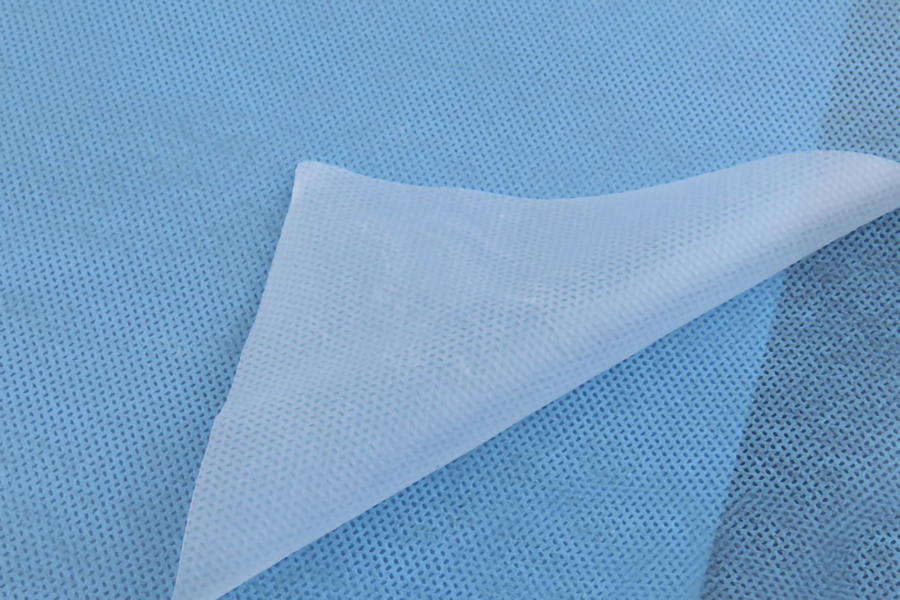The weight or thickness of
spunbonded nonwoven fabric plays a significant role in determining its performance in various applications. Different applications may require specific weight or thickness characteristics to meet performance, durability, and functionality requirements. Here's how the weight/thickness of spunbonded nonwoven fabric can impact its performance in different applications:
Hygiene and Personal Care Products:
Impact: In products like diapers or feminine hygiene items, the weight of spunbonded nonwoven fabric can affect absorbency and comfort.
Considerations: Higher weight fabrics may be used for enhanced durability and liquid absorption, while lighter weights may be chosen for softer and more breathable applications.
Medical Industry:
Impact: In medical gowns, drapes, or sterile wraps, the weight of the fabric is crucial for providing an appropriate barrier against contaminants.
Considerations: Heavier weights may be preferred for more robust protective applications, while lighter weights may be suitable for disposable and breathable medical products.
Agricultural Applications:
Impact: In agricultural covers or mulching fabrics, the weight of the spunbonded nonwoven fabric influences its resistance to environmental factors.
Considerations: Heavier weights may offer better protection against harsh weather conditions, UV exposure, and mechanical stresses in agricultural settings.
Geotextiles:
Impact: For erosion control or separation in geotextile applications, the weight of the fabric affects its strength and stability.
Considerations: Heavier weights are often used for applications requiring strong support and resistance to soil movement.
Filtration Media:
Impact: In air or liquid filtration, the weight/thickness of the fabric influences its filtration efficiency and capacity.
Considerations: Higher weight fabrics may provide better filtration performance, particularly in applications where particle retention is critical.
Automotive Industry:
Impact: In automotive interior applications, such as upholstery or headliners, the weight of the fabric affects its durability, feel, and acoustic properties.
Considerations: Heavier weights may be chosen for enhanced durability, while lighter weights may contribute to a softer feel and improved acoustics.
Packaging:
Impact: For packaging applications, such as shopping bags or protective wraps, the weight of the fabric influences its strength and tear resistance.
Considerations: Different weight fabrics may be chosen based on the intended use, with heavier weights for more robust packaging and lighter weights for disposable or lightweight applications.
Apparel and Footwear:
Impact: In applications like shoe linings or apparel interlinings, the weight of the fabric affects its drape, stiffness, and overall feel.
Considerations: The choice of weight is often influenced by the desired balance between structural support and flexibility in clothing and footwear.
Home Furnishings:
Impact: In applications like upholstery or bedding, the weight of the fabric contributes to its durability, comfort, and appearance.
Considerations: Different weights may be selected based on the specific requirements of the furniture or bedding application.
Insulation Materials:
Impact: In insulation products, the weight of spunbonded nonwoven fabric can influence its thermal insulation properties.
Considerations: Heavier weights may provide better insulation, while lighter weights may be used in applications where breathability is important.
